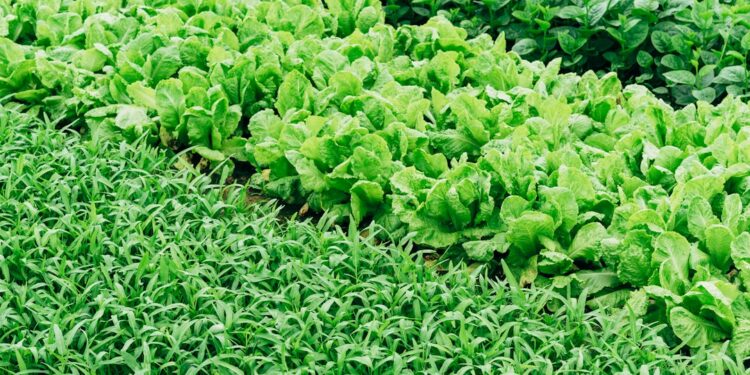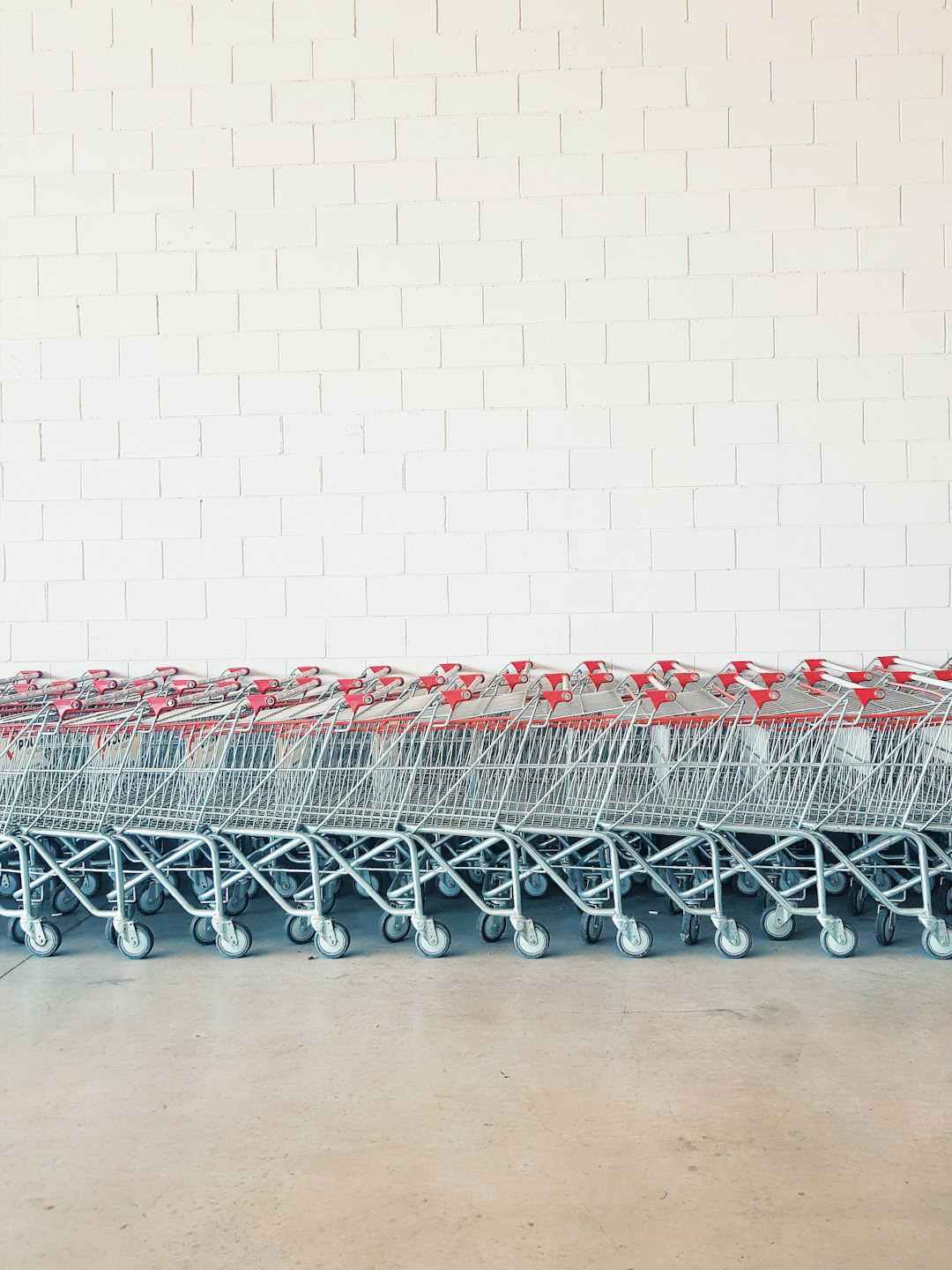Pruning is an essential part of plant care that many gardeners overlook. Whether you have a few houseplants or a sprawling garden, knowing how to properly prune your plants can help them thrive and flourish. In this ultimate guide to pruning your plants, we will cover everything you need to know to keep your plants healthy and happy.
Why Prune Your Plants?
Pruning is the process of removing dead, damaged, or overgrown parts of a plant to promote new growth and overall health. By pruning your plants regularly, you can improve their appearance, increase their fruit or flower production, and prevent diseases from spreading. Additionally, pruning can help maintain the shape and size of your plants, making them more aesthetically pleasing in your home or garden.
When to Prune Your Plants
The best time to prune your plants depends on the type of plant you have. In general, it is best to prune flowering plants after they have finished blooming. This allows the plant to focus its energy on producing new growth rather than flowers. For fruit trees, it is best to prune in late winter or early spring before the tree begins to bud. However, some plants, such as evergreens, can be pruned at any time of year.
Tools for Pruning
Having the right tools for pruning is essential to ensure clean cuts and prevent damage to your plants. Some essential tools for pruning include:
– Pruning shears: These are ideal for cutting small branches and stems.
– Loppers: These are used for cutting larger branches that are too thick for pruning shears.
– Pruning saw: This tool is useful for cutting thick branches that cannot be cut with loppers.
– Hedge trimmers: These are ideal for shaping hedges and bushes.
– Gloves: Always wear gloves to protect your hands while pruning.
How to Prune Your Plants
1. Start by inspecting your plant and identifying any dead, damaged, or overgrown branches that need to be pruned.
2. Use your pruning shears to make clean cuts at a 45-degree angle just above a bud or branch junction. This will promote new growth and prevent the branch from dying back.
3. For thicker branches, use loppers or a pruning saw to make the cut. Make sure to cut just outside the branch collar to prevent damage to the main branch.
4. Remove any branches that are crossing or rubbing against each other, as this can lead to disease.
5. Step back and assess the shape of your plant as you prune. Aim for an open, airy structure that allows for good air circulation and sunlight penetration.
Tips for Pruning Specific Plants
1. Shrubs: When pruning shrubs, aim to remove dead or damaged branches first. Then, thin out the interior branches to promote air circulation and new growth. Trim back any branches that are growing in the wrong direction or crossing each other.
2. Roses: Prune roses in late winter or early spring before they begin to bud. Remove any dead or diseased branches and shape the plant to encourage new growth. Always cut at a 45-degree angle just above a bud.
3. Fruit Trees: Prune fruit trees in late winter or early spring to promote fruit production. Remove any dead or diseased branches and thin out the canopy to allow sunlight to reach the fruit. Be sure to use clean, sharp tools to prevent the spread of disease.
4. Houseplants: Prune houseplants regularly to prevent overcrowding and promote new growth. Remove any dead or yellowing leaves and trim back leggy stems to encourage bushier growth. Be sure to clean your tools between plants to prevent the spread of pests and diseases.
Common Pruning Mistakes to Avoid
1. Over Pruning: Avoid pruning more than one-third of a plant’s canopy at once, as this can stress the plant and lead to poor growth.
2. Improper Cuts: Always make clean cuts at a 45-degree angle just above a bud or branch junction. Avoid leaving stubs or tearing the bark, as this can lead to disease.
3. Pruning at the Wrong Time: Pruning at the wrong time of year can lead to reduced flower or fruit production. Be sure to research the best time to prune specific plants before getting started.
4. Neglecting Tools: Using dull or dirty tools can lead to ragged cuts and the spread of disease. Be sure to clean and sharpen your tools regularly to ensure clean cuts.
In conclusion, pruning is a vital part of plant care that can help your plants thrive and flourish. By following the tips outlined in this ultimate guide to pruning your plants, you can keep your plants healthy and happy for years to come. Remember to prune regularly, use the right tools, and avoid common pruning mistakes to ensure your plants stay in top condition. Happy pruning!















